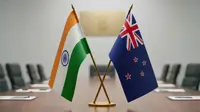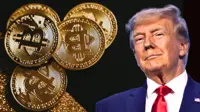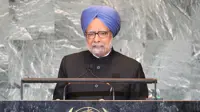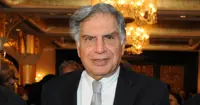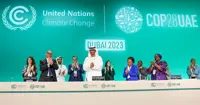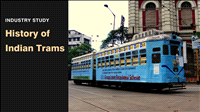The life and times of Manmohan Singh, former Prime Minister of India
By Cygnus | 28 Dec 2024
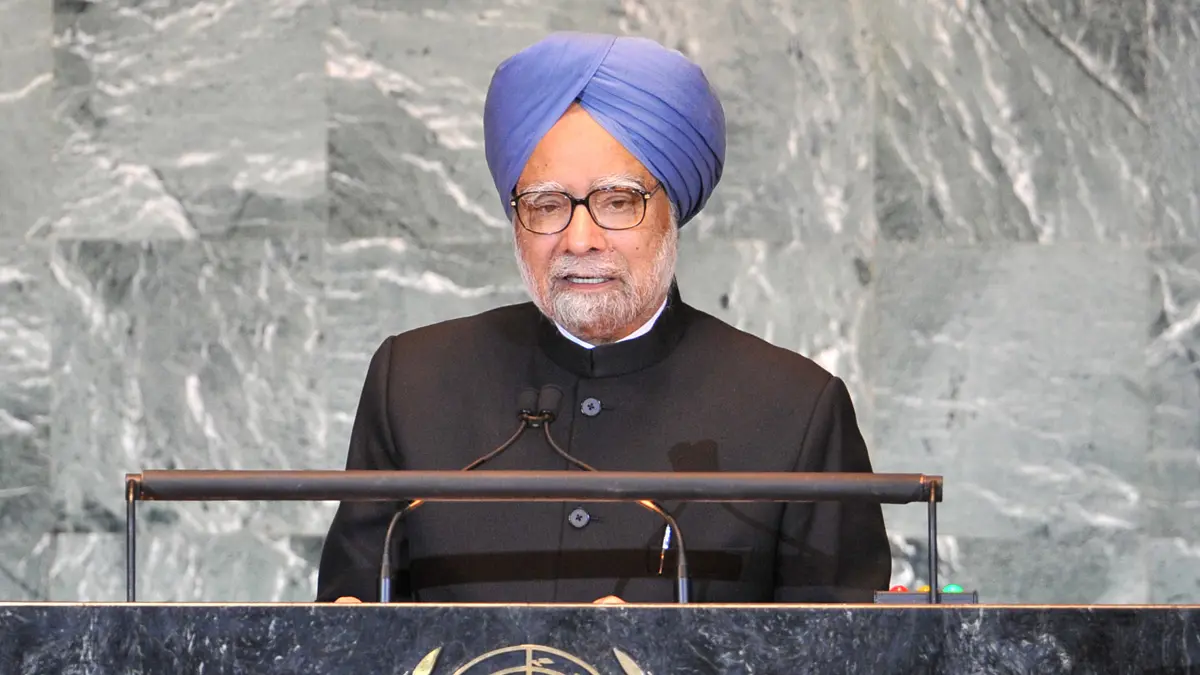
On 27th December 2024 India and the world lost one of their finest statespersons in a hundred years. Manmohan Singh, born on 26th September 1932, in Gah, Punjab (now in Pakistan), passed away in the emergency ward of the All India Institute of Medical Sciences (AIIMS) in New Delhi, where he had been admitted the previous day.
Manmohan Singh’s early life was shaped by the India’s partition in 1947, which forced his family to migrate to Amritsar, India, from their ancestral village in present-day Pakistan. Despite these upheavals, Singh excelled academically. He earned his B.A. degree in economics from Panjab University in Amritsar, and later attended the University of Cambridge, where he earned a First Class Honors degree in Economics in 1957.
Singh’s academic pursuits did not stop there; he went on to earn a doctorate in economics from the University of Oxford in 1962. His thesis, titled ‘India’s Export Trends and Prospects for Self-Sustained Growth’, laid the foundation for his later work in economic policymaking.
Many feathers in his cap
Singh was one of the most respected and influential leaders in India. After several academic positions in India, in the middle of which he worked for the United Nations Conference on Trade and Development (UNCTAD) from 1966 to 1969, he was appointed advisor to India’s ministry of foreign trade.
In 1972, Singh was appointed chief economic adviser in the ministry of finance, and in 1976 he became secretary in the finance ministry. Then came his role at the Planning Commission between 1980 and 1982. In 1982, he was appointed governor of the Reserve Bank of India (RBI), a post he held until 1985. After that (1985 to 1987), he became deputy chairman of the country’s Planning Commission, following which he became secretary general of the South Commission, an independent economic policy think tank headquartered in Geneva, Switzerland from 1987 to November 1990.
These positions indicate Singh’s capabilities as an economist. Little did people know that he could also run the country as well as he did the Planning Commission or the Reserve Bank of India.
Singh became Prime Minister of India on 22nd May 2004. And, he beat all expectations by bringing a shaky economy back on an even keel and improved its growth rate during a period when the world was going through an economic crisis. He was elected Prime Minister of India for a second term, which ended in 2014. The country has not seen such good days since then.
Not only did the economy grow rapidly, there was improvement in social development. India’s stature in the world improved greatly even while its prime minister maintained a very low profile. His performance said everything; he did not have to shout from the rooftops.
Tenure as Prime Minister (2004-2014)
During Singh’s first term as prime minister (2004-2009), India experienced unprecedented economic growth, with GDP growth rates consistently exceeding 8%. His government implemented several programs aimed at social and economic inclusivity, including:
- The Mahatma Gandhi National Rural Employment Guarantee Act (MGNREGA), which provided a legal guarantee of 100 days of wage employment to rural households, significantly improving rural livelihoods.
- The National Rural Health Mission (NRHM), which sought to improve healthcare delivery in rural areas, addressing maternal and child health, immunization, and the health infrastructure.
- The Right to Information Act (RTI), which empowered citizens to seek transparency and accountability from the government.
During Singh’s tenure India implemented a very successful foreign policy. The Indian government signed the India-US Civil Nuclear Agreement in 2008, a landmark deal that ended India’s nuclear isolation and paved the way for civilian nuclear energy cooperation.
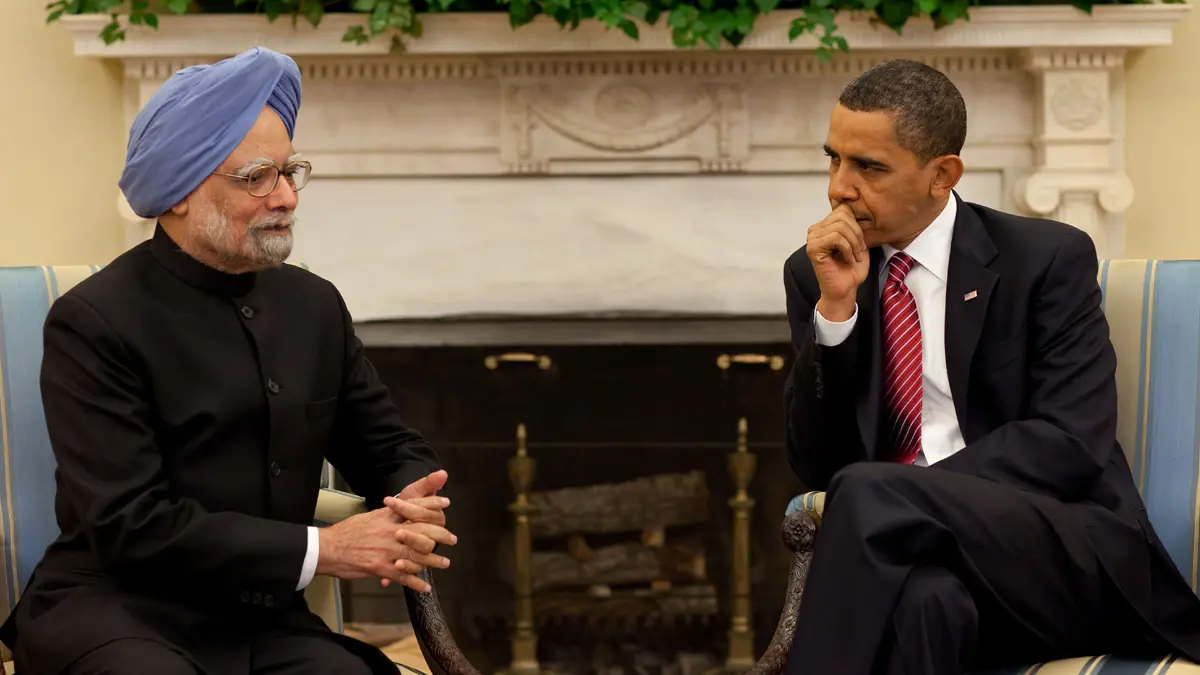
Singh’s pragmatic approach strengthened India’s relations with major global powers, including the United States, Russia, and the European Union, while fostering regional cooperation through initiatives like the South Asian Association for Regional Cooperation (SAARC).
Singh’s second term (2009-2014) was marred by global economic slowdown and allegations of corruption within his government, which later on turned out to be false. Despite these challenges, his government continued to push for key reforms, including:
- The Food Security Act (2013), which ensured subsidized food grains to nearly two-thirds of India’s population.
- The Direct Benefit Transfer (DBT), which aimed to reduce leakages in welfare schemes by transferring subsidies directly to beneficiaries’ bank accounts.
The wisdom and power of these reforms was proved when current Prime Minister Narendra Modi, who rubbished these schemes when he was in the Opposition, promptly implemented them after he came to power.
Congressman Shashi Tharoor once criticized the BJP for merely renaming Congress schemes, accusing Prime Minister Narendra Modi of running a “name-changing” rather than a “game-changing” government.
Of these, 19 schemes were confirmed to be rebranded versions of UPA programs. For instance, the Pradhan Mantri Jan Dhan Yojana was a revamped Basic Savings Bank Deposit Account, and the Beti Bachao, Beti Padhao Yojana mirrored the National Girl Child Day programme. Similarly, the Deen Dayal Upadhyaya Gram Jyoti Yojana was a rebranded Rajiv Grameen Vidyutikaran Yojana, and the Atal Mission for Rejuvenation and Urban Transformation replaced the Jawaharlal Nehru National Urban Renewal Mission. Even Modi's flagship “Make in India” initiative largely echoed the UPA’s National Manufacturing Policy (NMP).
This renaming often extended to copying policy frameworks. Both the NMP and Make in India aimed to boost manufacturing's GDP share to 25%, create 100 million jobs, and achieve 12–14% manufacturing growth. They also emphasized developing skill sets for rural migrants and the urban poor. The difference lies in branding; while UPA schemes had forgettable names, Modi’s government prioritized crafting catchy titles, ensuring broader public resonance for essentially similar initiatives.
Personal traits and leadership style
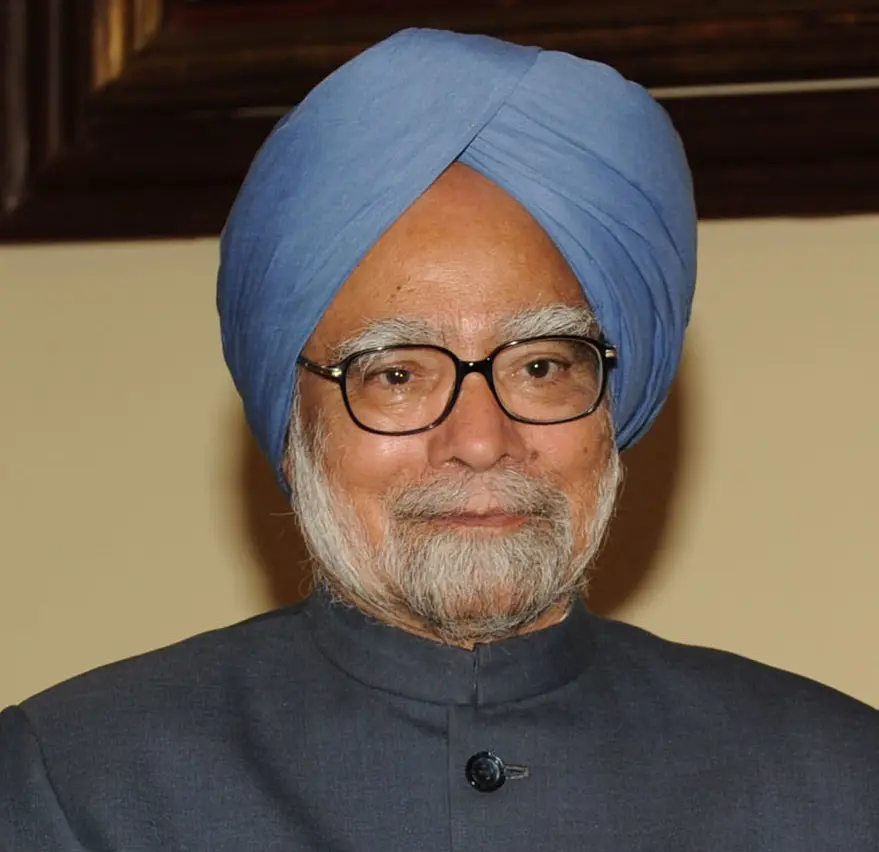
Manmohan Singh’s leadership style was characterized by quiet efficiency and consensus-building. He was not a typical politician; his soft-spoken demeanor and lack of populist rhetoric often made him an easy target for critics. However, his integrity, intellectual depth, and ability to rise above partisan politics earned him widespread respect.
Manmohan Singh’s legacy as an economist and policymaker is unparalleled. He is credited with transforming India into one of the world’s fastest-growing economies and laying the foundation for its emergence as a global player. His tenure as Prime Minister saw significant advancements in infrastructure, education, and healthcare.
After leaving office in 2014, Manmohan Singh continued to contribute to public discourse through lectures, writings, and his role as a senior leader of the Congress Party. He remained a voice of reason and moderation, advocating for policies that promote inclusive growth and social justice.


